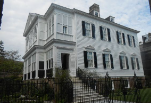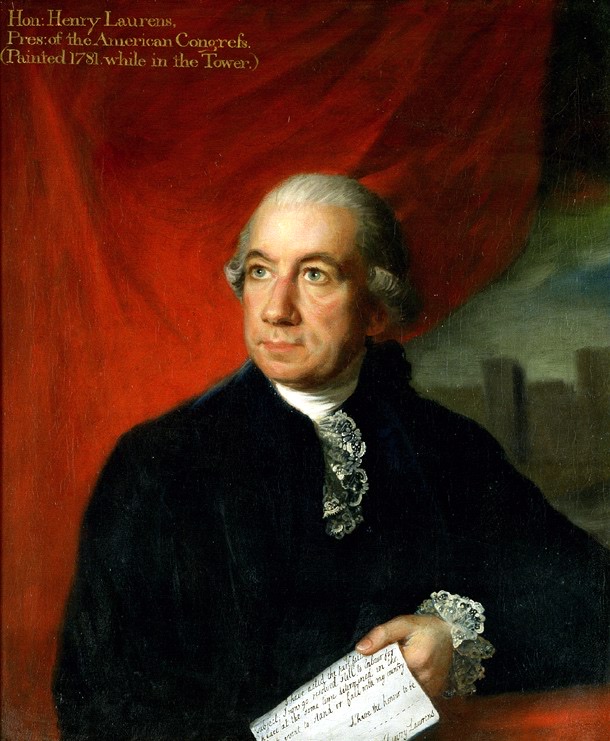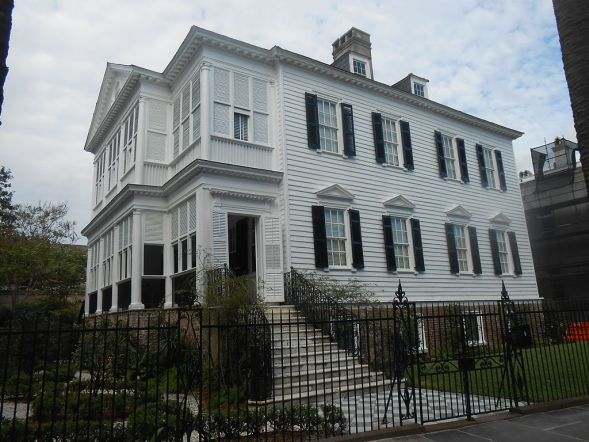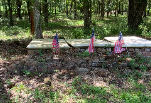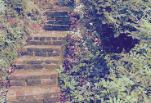

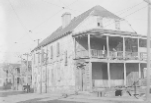

THE AMERICAN REVOLUTION
July 4, 1776 to 1783
1776
Aug. 5 -- News arrived in Charles Town that the Declaration of Independence had been signed in Philadelphia. Lowcountry signers included Thomas Lynch, Arthur Middleton, Edward Rutledge and Thomas Heyward. The Declaration was read in Charles Town for the first time at both the Statehouse (now County Courthouse) and the Old Exchange.
1778
Jan. 15 -- One of the most destructive fires in Charleston's history broke out after dark near the intersection of Queen and Union (now State) streets.
Dec. 29 -- The city of Savannah fell to British Gen. Sir Henry Clinton, who sets his sites on marching to Charles Town by land.
1779
Nov. 18 -- Lt. Col. William Washington was transferred to Charleston.
1780
Mar. 28 -- Sir Henry Clinton and his troops arrived and made camp at Drayton Hall.
Mar. 30 -- Leading a large contingent of British soldiers, Sir Henry Clinton set up camp near what today is Hampton Park and began bringing his troops over at Gibbes’ Landing. In his journal, a Hessian jager (or sharpshooter), Capt. Johann Ewald related that they were posted at Grove Plantation, where he “did picket duty in one of the most beautiful pleasure gardens of the world.”
April 1 -- In his journal, British Capt. Johann Ewald records “The county around Gibbes’ house has been made a park and depot for the siege, and the greenhouse is a laboratory.”
April 13 -- British batteries, stationed near where Hampton Park is today, opened a two-hour barrage of round shot and incendiary bombs as the Seige of Charleston began. Fires broke out all around town, including in areas still recovering from the Great Fire of 1778. S.C. Gov. John Rutledge called for an evacuation of the city. Soldiers were ordered to kill packs of dogs that were running loose in the street.
April 14 -- British Gen. Banastre Tarleton led an attacked against S.C. Gen. Isaac Huger in the Battle for Moncks Corner, as part of the British capture of Charles Town.
May 7 -- Fort Moultrie fell before an amphibious assault by British seamen.
May 9 -- Gen. Clinton ordered his 200 artillery pieces that encircled Charles Town to open a bombardment. Twenty houses were hit and set afire. Gen. William Moultrie recalled that the bombardment "was incessant, cannon balls whizzing and shells hissing continually amongst us; ammunition chests and temporary magazines blowing up; great buns bursting and wounded men groaning along the lines." (Source: Charleston! Charleston!, p. 161-162)
May 12 -- After a 42-day seige, General Lincoln surrendered Charles Town with its 5,500 troops and military supplies. One British officer noted the city's defenders were "the most ragged rabble I ever beheld." Another officer wrote the "people looked greatly starved," the houses "were full of wounded," while some of the finer residences were "empty and locked." (Charleston! Charleston!, p. 162.)
May 26 -- Jonathon Marquin and James Donaldson of the British 47th Regiment were court-marshaled and sentenced to 500 lashes each for "attempting to rob the House of an Inhabitant" of Charles Town. (Stolen Charleston, p. 20)
June 3 -- 110 of the "principal and most respectable inhabitants of Charles Town" accepted Gen. Sir Henry Clinton's offer of a pardon for all "treasonable offenses" to citizens who would take an oath of allegiance to the British government and lay down their arms. Among those accepting this pardon was Col. Charles Pinckney of Snee Farm. (Source: Charleston! Charleston!, p. 163)
Aug. 17 -- Capt. Archibald Broun, a Revolutionary hero of Brounsfield Plantation in Mt. Pleasant, married Mary Deas, the daughter of his wealthy neighbors, John and Elizabeth Allen Deas of Thoroughgood Plantation.
Oct. 5 -- Henry Laurens earned the unique distinction of becoming the only American to ever be held prisoner in the Tower of London, following his arrest for high treason.
1781
July 14 -- Col. Henry Hampton of State Troops of S.C. seized the Four Hole Swamp Bridge, establishing a post there to check the British troops of Lord Rawdon as he evacuated Orangeburg. (Source: Goose Creek: A Definitive History, Vol. 1, p. 112.)
July 15 -- Patriot Col. Wade Hampton interrupted Sunday morning services at the Goose Creek Parish Church, where he seized some horses and captured a number of attendants, whom he paroled on the condition they not take up arms against Americans in the future. (Source: Goose Creek: A Definitive History, Vol. 1, p. 112.)
Aug. 4 -- Col. Isaac Hayne was hanged just outside the city's boundaries.
Dec. 31 -- Henry Laurens was released from the Tower of London in exchange for the release of Lord Cornwallis by the Americans.
1782
Aug. 27 -- In the waning days of the American Revolution, John Laurens was shot off his horse and mortally wounded.
Oct. 27 -- Most of the British Army evacuated the city of Charleston in a convoy of 40 ships, along with 3,700 local Loyalists, as well as a good bit of booty.
Dec. 31 -- The last of the British Army evacuated the city from Gadsden Wharf. At 11 a.m. Gen. Nathanael Green took possession of Charles Town.
